‘How (my characters) look and move and speak and behave, always in the setting I have found for them, is my account of them – of which I dare say, alas, que cela manque souvent d’architecture. But I would rather, I think, have too little architecture than too much – when there’s danger of its interfering with my measure of the truth. The French of course like more of it than I can give – having by their own genius such a hand for it.’ Ivan Turgenieff, cited by Henry James in his Introduction to The Portrait of a Lady.
* * *
2014 has been one of the most unusual years from an Ontario gardener’s perspective. Months of pitiless cold followed by months of cool temperatures and abundant moisture. I told a friend recently that it had been unnecessary to uncoil the hoses but – how important it is for me not to trust my memory – the garden diary tells a different story, that throughout May and the early part of June it had been essential to water occasionally at least some parts of the garden. But from then on my memory coincides with the diary. The grass – a very imprecise term here – has seldom been greener, the growth of trees and shrubs never swifter. For almost five months we gardened not in a continental climate of hot, dry summers but in a temperate climate where the temperature rarely reached 25C (77F), where nights were cool and where rain fell every second day. The cost per length swum in the pool this summer was astronomical.
Not all was growth. A large branch broke away from the last of the old apple trees and we decided the time had come to remove the tree. It was hollow inside, used as a nesting and early education site for racoons. There were six apple trees to the east of the driveway when we came here all those years ago, most of them damaged and disfigured by the cattle that had been allowed to browse around them; they must in any case have been quite old. One by one they succumbed, blown over by Mulmur gales. Now the only trees that were here before us are two very large sugar maples and a cedar (Thuja) to the west of the house. A large sun-filled space – an increasingly scarce commodity – has been left where the tree was taken down, but we have so far resisted the temptation to plant something new, though there are quite a few seedlings in the Nursery Garden looking for a permanent home.The sugar maples coloured well though not brilliantly this fall, and that was characteristic of the woodlands outside the garden; there were no really crisp frosts until well into November and that may have played a role. Their leaves had mostly fallen by mid-October, yet this was not true of many of the non-native maples, some noted for fall colour, that held their leaves for longer, in some cases weeks longer, and so provided dramatic moments into November. Is there some scientific explanation for this? Here is one guess, that most of the exotic maples in the garden come from lower latitudes where the days would be longer and the signals, genetically installed, to start closing down later and less powerful, and that this genetic impulse remains even when the trees are transferred to a more northerly latitude. We are just north of 44°; Tschonoski’s maple comes from the Honshu and Hokkaido islands of Japan which lie between 44° and 34°; A. caudatum, from the Ukurundu region of China and the Honshu island of Japan between 42° and 34°. The much-admired paperbark maple is from Central China, well latitudinally south of Lilactree Farm.Not all fall colour is a flaring red. Acer rufinerve, ‘widespread in Japan except on Hokkaido Island,’ is one of the stripe-barked maples akin to our native A. pensylvanicum, with vertical white stripes on a soft green background. It produces these elegantly shaped and tenderly tinted leaves.* * *
Some of you know of my self-imposed constraint when it comes to reading fiction, the decision to restrict myself to novels published at least fifty years ago. I am constantly bypassing this embargo for Ian McEwan and Julian Barnes, Muriel Spark and Anita Brookner, the early Iris Murdoch, Barbara Pym and Penelope Fitzgerald among British writers, and for John Updike, Peter de Vries, Mary Gordon, Walker Percy and E.L. Doctorow (though it takes me weeks to eliminate his persistent rhythms) among North Americans[1]. There are strong arguments for reading one’s contemporaries, but my reasoning is simple, probably simplistic; there is so much to read, so little time to read it, and minds far more learned and perceptive than my own have generously sorted out for me what is worth reading. I know I must be passing up mountains of wonderful stuff, but I also know that in most cases the ‘new Jane Austen’ or ‘literary cousin to Virginia Woolf’ will be forgotten 24 months from now.
This year I decided it was time for Henry James. Though clearly part of the literary canon, his convoluted prose and the exquisiteness of his sensibilities were deterrents; even in pre-1964 fiction, choices have to be made and, though I knew some of his novels were on our shelves, no hardship was occasioned by overlooking them while Thomas Hardy was unexplored. Then I read a searchingly illuminating article about James’s The Portrait of a Ladythat pushed me across the line, that made the novel enticing, irresistible[2]. What a revelation! It takes some effort to stay focussed; there is a lulling, sedative quality that makes it possible to bypass the psychological profundity, the eerie characterisations and, most unexpectedly, the wit that made me frequently laugh aloud, if you are simultaneously thinking about whether now is the time for the snow tires to be put on. I was not lulled, was gripped by what surely must be one of the masterpieces of late 19th-century fiction.[3]
James quotes with approval (“I have always fondly remembered a remark that I heard fall years ago from the lips of Ivan Turgenieff’) the lines at the beginning of these Notes. What caught my attention was Turgenieff’s – and by extension, James’s – remark, dismissive but anxious, about the possible ‘manque d’architecture’, the lack of structure, that might undermine a novel, or any work of art including, of course, a garden. It feels both odd and yet reassuring that James and Turgenev were concerned to get the balance right, and that the concern of the gardener to create the right mix, the appropriate proportions between the layout of a garden and the plants of all kinds that people it, is exactly mirrored in the works of these famous writers.
For Turgenev, the ‘origin of the fictive picture…began (James suggests) almost always with the vision of some person or persons…appealing to him by what they were…He had to find for them…the right relations, those that would most bring them out; to imagine, to invent and select and piece together the situations most useful and favourable to the sense of the creatures themselves, the complications they would be most likely to produce and feel.’This is one vision of the creative process, certainly not the only one, but it speaks to the very heart of garden-making. Does the origin of the garden picture begin with the vision of some plant or plants (or, more generally, spaces or shapes or colours) for which we need to find ‘the right relations, those that would most bring them out’ and that would foster ‘the complications they would be most likely to produce’? I suspect that for most gardeners that is what really happens, that is the way we get started. The alternative is to sketch out the plot and make the characters fit. Is that a better way? Did the French – I use the past tense – get it right?
* * *
From such a spectacularly helpful growing season it is difficult to pick out individual highlights. The paths have taken on both greater definition and, simultaneously, a misty romanticism as their bordering trees throw shifting patterns of light and shade. The Eastern Slope of the New Field has become a three-season pleasure as it passes from scarlet tulips through yellow Verbascum olympicum to orange lilies. The Driveway daphnes (Daphne mezereum) have hoisted themselves above their companionate hostas, magnolias grow at alarming rates, cyclamen spread steadily.
It is with the fall-flowering Cyclamen hederifolium that I begin, as much for its foliage as its flowers. It now seems to be well-established in shrub beds, but it is in a dry corner of the Anniversary Garden that it has been most successful. There is a wonderful diversity of leaf shapes and markings.
How I wish I had made earlier efforts to establish this and other species in the garden. For many years I ignored the gardener’s imperative that nothing will grow if it is not planted. The plants are mulched with pine needles as soon as the ground freezes; the many seedlings are being distributed around the garden both by me and by the ants that carry the seeds.Colchicums are among the most gardener-friendly of plants because they can be purchased in late summer, potted up and then planted, even in flower, exactly where you want them. It’s a good idea to choose a permanent home because if you wait until they are dormant and their foliage has died away in order to transplant or divide them, you forget exactly where they are so that your spade or trowel acts like a guillotine.
They are robust (at least the ones available commercially here are), needing no special winter protection and growing and flowering well in sun or partial shade. They originate across a wide range of southern Europe, the Mediterranean and western China, but the particular species illustrated here, Colchicum speciosum ‘Album’, has a narrower natural range of Turkey, Iran, the Caucasus. It is planted, as are all our colchicums, in the South Jungle where its large leaves, appearing in spring, are swallowed up by perennial geraniums.Two shrubs provided unexpected fall pleasure. Abelia mosanensis (below) came many years ago from the admirable Lost Horizons Nursery.
This species is not mentioned in the RHS Encyclopaedia but it has lived up to its description in the Lost Horizons catalogue. It is an outstanding garden plant, growing well in partial shade to 2m, producing masses of powerfully fragrant light pink flowers in late May, early June, and then providing this late season bonus.The plant above has been described in earlier Notes. It is a symbol of friendship. It came to us as a seedling from the Rochester, NY, garden of our friends Margaret and Peter Dundas and was described by them as ‘possibly a cherry tree,’ though we all agreed it was impossible to identify with any conviction the 30cm leafless stem. It turned out to be a Japanese maple, has grown to 1m tall and wide, and has sombre, dark purple foliage throughout the summer before lighting up the east side of the Nursery Garden in September with these luscious creams and pinks. Its label still reads, ‘Dundas Cherry.’* * *
[1] Some of their publications pre-date 1964 and are therefore ‘admissible’ without self-recrimination.
[2] Jean Strouse, reviewing Michael Gorra, Portrait of a Novel: Henry James and the Making of an American Masterpiece, in the New York Review of Books, November 22, 2012.
[3] There is a sad footnote to this. Inspired by The Portrait of a Lady, I turned to a novel of James’s ‘mature style’, The Wings of the Dove
, that was everything I had feared in James’s writing, and found it unreadable.
All photos in this post ©Brian Bixley and are used with permission.

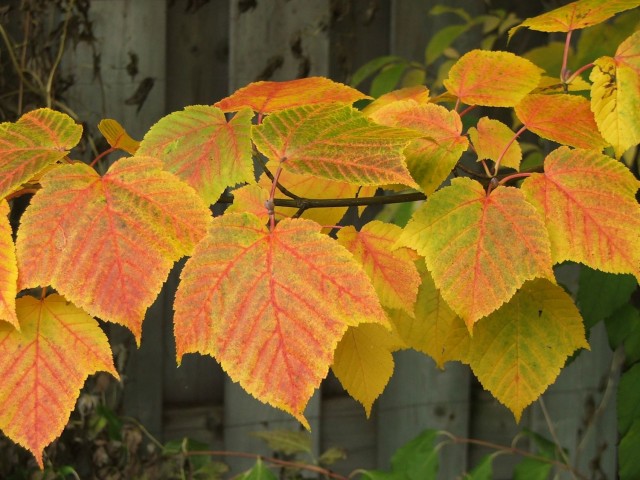
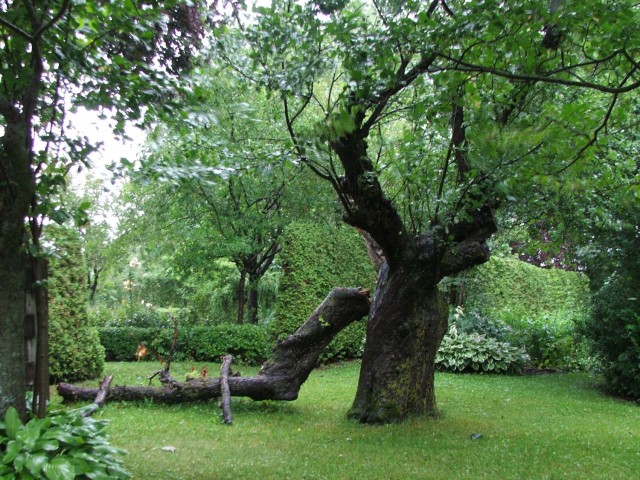
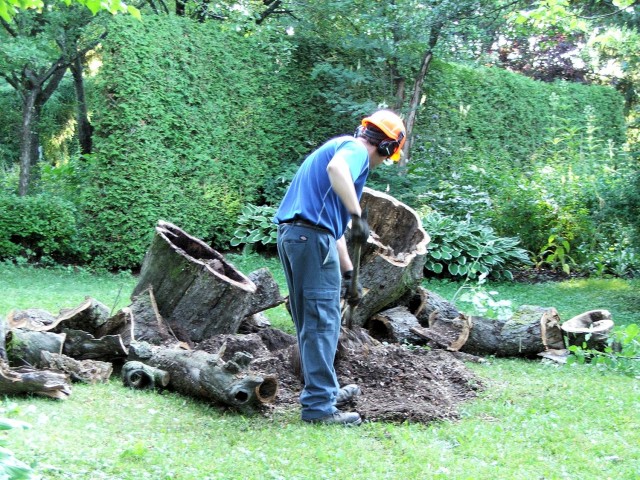
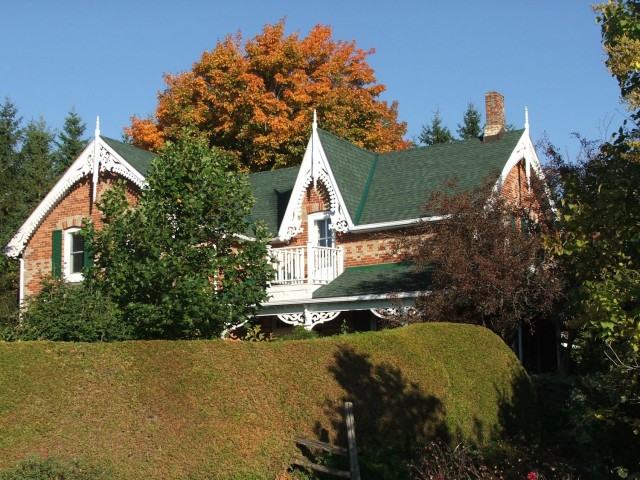
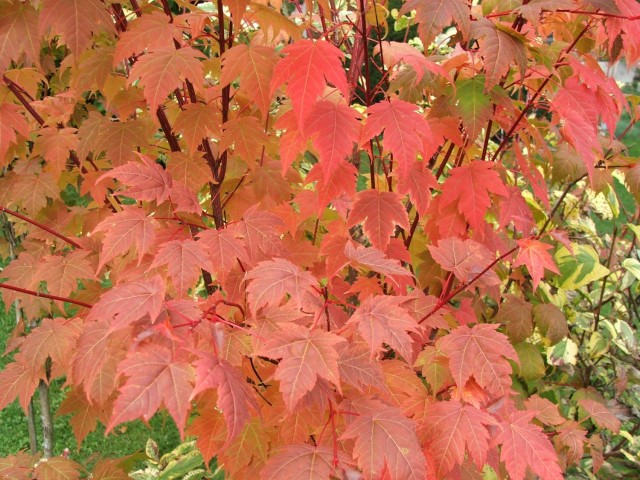
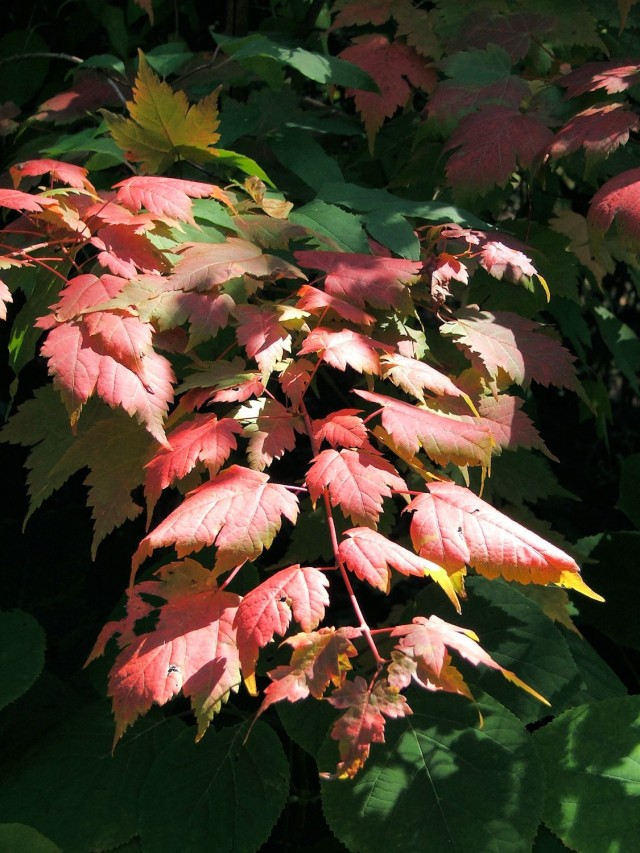
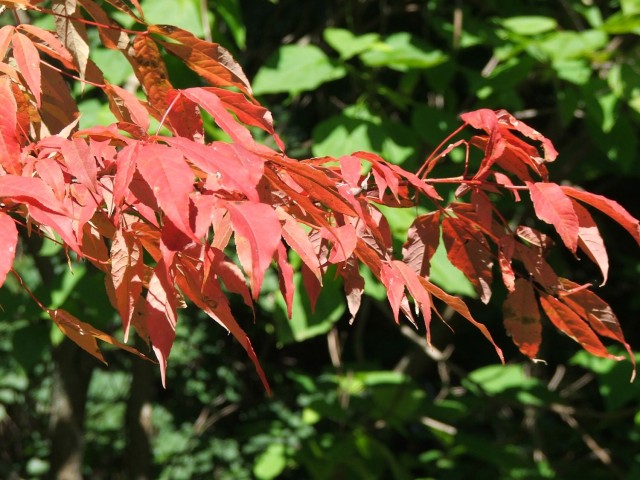
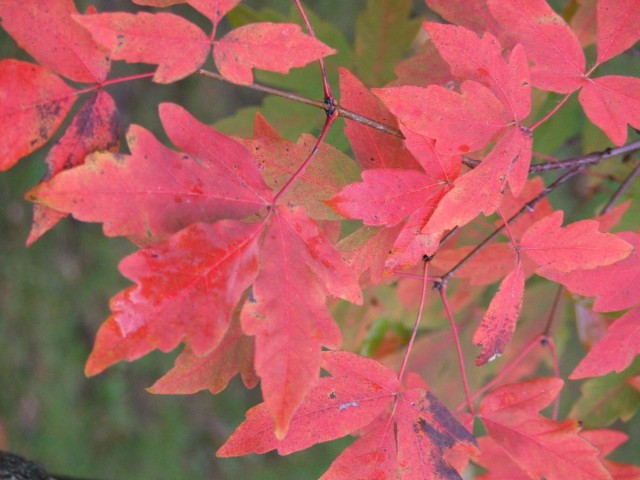
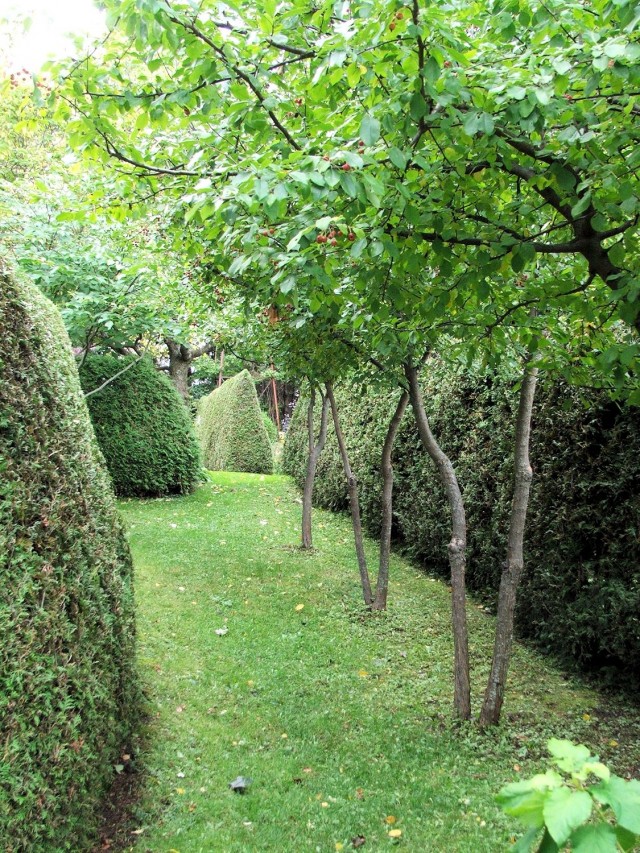
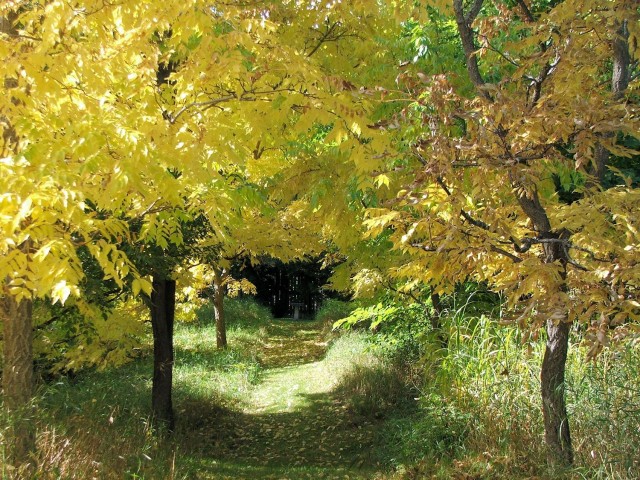
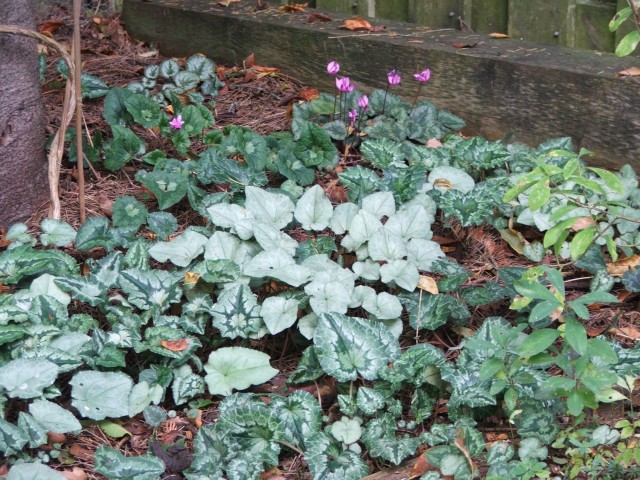
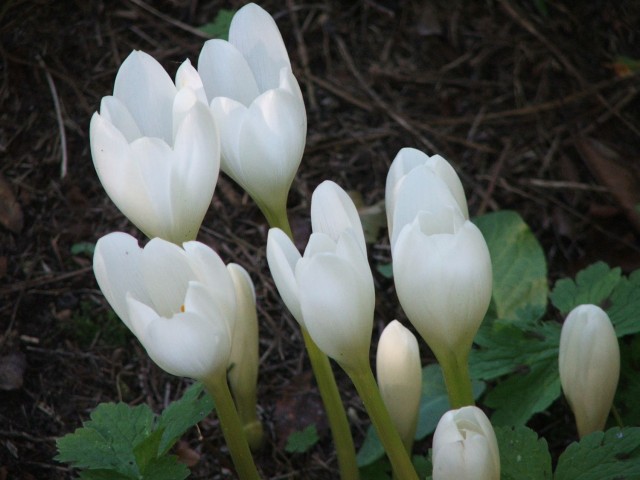
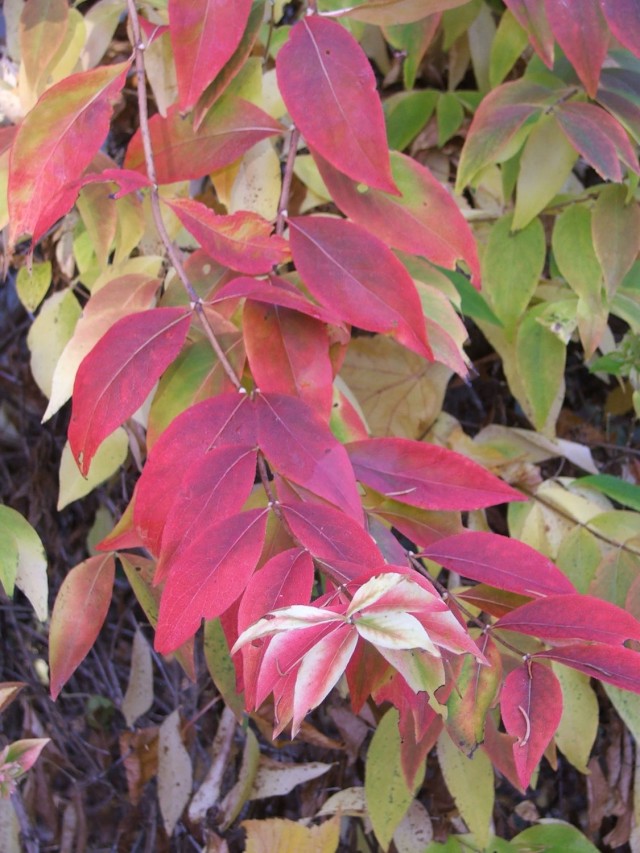




Hello Abby, Thank you for your comments. I’m still earthbound at the moment, thank goodness.
Difficult to answer your question without knowing where you live. It’s pretty cold in winter where I live, and the paperbark maple thrives here in a sheltered spot. Check out your local nurseries; they should be able to tell you about hardiness in your area, and about planting requirements.
BB
It’s seems you live in heaven! Your garden is great, Brain! Could you tell me where I can find Paperbark and how/when should I plant it?
Kind words, Michaele. Many thanks.
BB
What a thoughtful and lyrical post. I very much enjoyed your reflective style and your lovely photos.